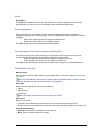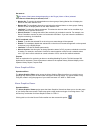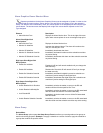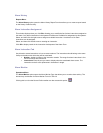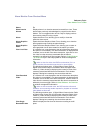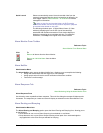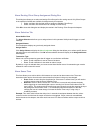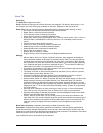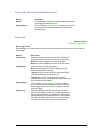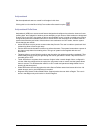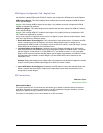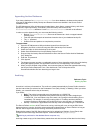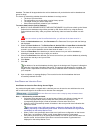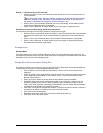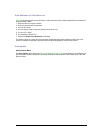
Secure Perfect 6.1.1 User Manual 101
Alarm Tab
Alarm Form
The Alarm Tab configures the alarm.
Group: Displays the alarm group to which this alarm was assigned. The default is alarm group 0. You
can change to any other alarm group available on that micro, displayed on the drop-down list.
Owner Type: This is a read-only field and displays the object to which the alarm belongs or refers.
• API: Alarm is bi-directional and owned by the external interface.
• Board: Alarm is owned by the microcontroller.
• CCTV Interface: Alarm is owned by an interface.
• Client: Alarm is owned by a Regional Database client.
• Digital Input: Alarm is owned by the digital input, such as a motion sensor. (The 11
th
DI on a
Micro/PX-2000 or M/PXN-2000 is owned by the micro; it is a low-battery alarm from the
micro.)
• Failover: Alarm is owned by the host client.
• Guard Tour: Alarm is owned by a reader or digital input.
• Kalatel Camera: Alarm is owned by a Kalatel camera.
• Kalatel DVMR: Alarm is owned by a Kalatel DVR.
• Micro: Alarm is owned by a micro.
• Reader: Alarm is owned by a reader.
• Region Failover: Alarm is owned by the host Regional Database Server.
Settings:
• Monitor (Alarm, Short, Cut, Reset): If selected, this alarm, when triggered, will display all
alarm conditions available to this alarm on the Alarm Monitor Form. You have the option to
schedule alarm monitoring on the Schedule Tab of this form. If this option is NOT selected
but a schedule is in place, the schedule will monitor alarms only for the time that monitoring
is on. (Although the option to monitor is displayed for the 11
th
DI on a Micro/PX-2000 (low-
battery alarm), an alarm is not generated for Cut and Short.)
An operator can see alarms on the Alarm Monitor Form only for facilities that are currently
active and assigned to the current operator.
The option to monitor an alarm must be selected on the Alarm Form in order for a specific
alarm to display on the Alarm Monitor Form.
Alarms do not display on the Alarm Monitor Form if the selection to monitor an alarm is
removed, even though Alarm Routing and Bumping may be configured.
• Always monitor (Short, Cut, Reset): If selected, this alarm will always display Cut, Short, and
Reset conditions of alarms on the Alarm Monitor Form. Select this option if a schedule
prevents monitoring an alarm/reset condition during certain periods of the day but you still
want Short, Cut, and Reset to be monitored and displayed. (Although the option to monitor is
displayed for the 11
th
DI on a Micro/PX-2000 (low-battery alarm), an alarm is not generated
for Cut and Short.)
• Micro dial host: If selected, an alarm occurring on a dial-up micro, or micros downstream
from a dial-up micro, will cause the micro to dial the host in order to report the alarm.
• Operator acknowledge: If selected, the operator must acknowledge the alarm on the Alarm
Monitor Form before the alarm can be cleared.
• Priority: Select a number from 0 to 9 by clicking on the up and down arrow buttons to the
right of the field. This number indicates the priority of this alarm and tells the system (host) in
which order it should alert the operator should multiple alarms occur at the same time. The
lower the number, the higher the priority; therefore, 0 has the highest priority and 9 the
lowest.
Route alarms to history: If selected, alarm activity is written to the alarm history.
Print alarms: If selected, the alarm history transaction is printed on a selected system parallel/serial
printer when the alarm changes state between alarm and reset. Alarm transactions will print only if the
transaction is routed to the printer and the alarm transaction printer is selected. The selection of the alarm
transaction printer is done on the Client tab of the Client form.
If you modified this record, save before you exit the form.




